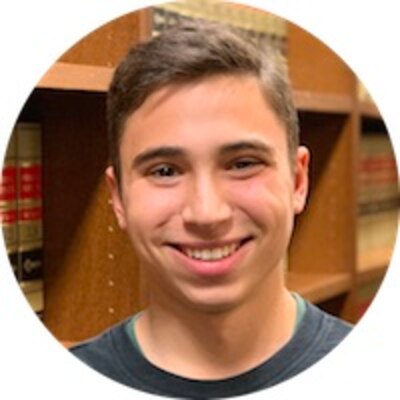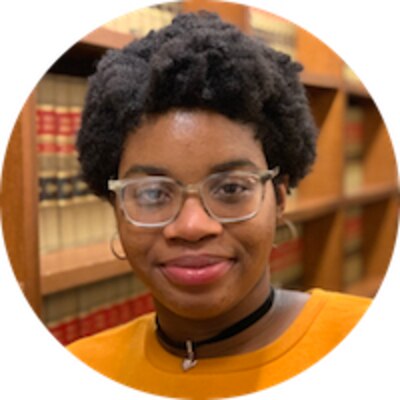The shooting at Marjory Stoneman Douglas High School in Parkland, Florida, a year ago today, in which 17 students and staff members were killed, put gun violence front and center in the national conversation. It’s been a year since this horrific tragedy, and we must continue to put the focus on ways to truly make schools safer.
What happened in the aftermath of Parkland was incredible. Students, some of them our age, who had been silent became active, and those who have been speaking about gun violence for years got even louder. Marjory Stoneman Douglas students used their time in the spotlight to garner worldwide media attention, and youth across the country organized walkouts, including in New York.
We have so much love and respect for what the Parkland students did in the midst of tragedy. They helped, as models and through their actions, build the foundation for future generations fighting for social justice. But while their success is undeniable, we must also acknowledge the countless students of color who have advocated for the end of gun violence for years but have never attracted the same attention and who sometimes see school safety through a different lens.
These students, in organizations like LIFE Camp in Queens, and New Yorkers Against Gun Violence, have been on the ground in black and brown communities long before the Parkland tragedy. The two of us — one a student of color, Alliyah, who has experienced some of the effects of gun violence, and one of us, Abe, who is white and has mostly escaped such experiences — stand together to elevate these voices.


The voices of students of color are too often ignored, forgotten, or silenced. Many communities of color know the consequences of gun violence all too well, and students there have had to reckon with the threat of gun violence too early in young lives. They go to schools that are already over-policed and wait in long lines every morning to go through metal detectors that do not make them feel safe. Yet these students’ stories have often been left out of the national debates about gun violence; that must change.
In the Bronx, where Alliyah went to middle school, the threat of gun violence was often present. In middle school, there were frequent loudspeaker announcements telling students that a peer had been injured or killed at the hands of a gun. Each notice left families and friends reeling, but their suffering didn’t attract much media attention. And the response to school shootings has often been to insist on more police, more security measures in and around schools that often don’t make students of color feel safer.
They can be hassled by police to and from school and wait in those long metal-detector lines to enter school. Students can be subject to random searches by the New York Police Department at school, as described by a recent student at a Black Lives Matter at School rally. Black students are more likely than whites to receive harsher punishments for the same categories of misbehavior in school. Taken together, over-policing in and around schools can lower test scores and become a reason to avoid school for some students of color, as a new study has found.
That’s why we believe the answer to school violence isn’t more police, more metal detectors, or teachers carrying guns. We were heartened to see New York state legislators supporting a bill to prevent teachers from carrying guns in schools. This is a start. But too many other states are responding to the tragedy at Parkland by arming teachers, which doesn’t make students of color feel more secure. It is extremely important that all students, no matter their race, ethnicity, religion, gender or sexual orientation, feel protected in schools. But this can only happen if students of color have a voice in how we respond to gun violence.
So what do students of color need? More adults of color whom students can turn to when they have problems; more counselors who can talk to us about issues we’re having before violence happens and when something traumatic does take place. Sometimes it’s a teacher’s positivity that creates a nurturing school environment. Alliyah, for example, attends a public high school where most of the students and teachers are white. But there are two black female teachers, and they constantly cheer her and each other on with positive comments, complimenting each other on how great natural hair looks and how proud they are of each other. This positive energy should be present for every student of color in every school.
Most of all, students of color don’t want to be viewed with constant suspicion and fear, becoming the targets of more — or more aggressive — policing in and out of school. We talk a lot about physical safety in schools but not enough about psychological, emotional, and cultural safety.
Students of color need to be able to walk into school every day knowing that they will be secure. This means that teachers should not be armed, that students should not be walking through metal detectors, that more teachers should look like their students of color, and that administrators have adequate funding for more school counselors.
Fourteen students died a year ago in Parkland. But since then 1,200 more children have lost their lives to gun violence. We must continue this fight to get that number to zero. Lives are literally on the line.
Alliyah Logan is a student in the Teen Activist Project at the New York Civil Liberties Union and Youth Over Guns. Abe Rothstein is a student in the Teen Activist Project at the New York Civil Liberties Union.
About our First Person series:
First Person is where Chalkbeat features personal essays by educators, students, parents, and others trying to improve public education. Read our submission guidelines here.


